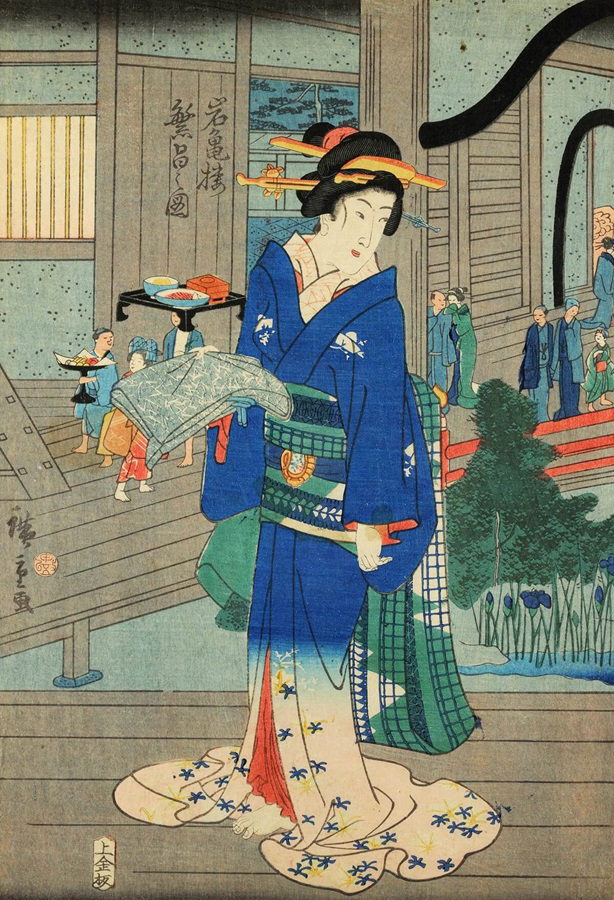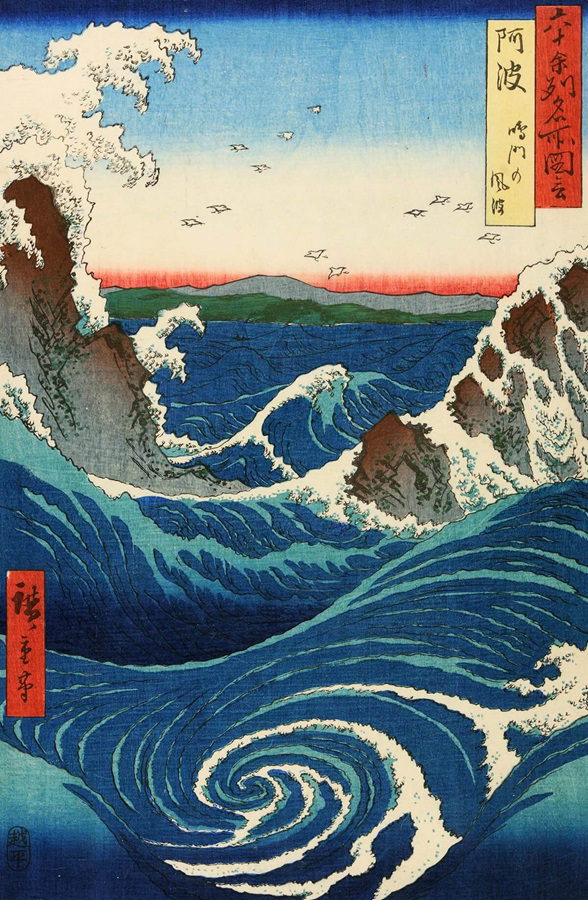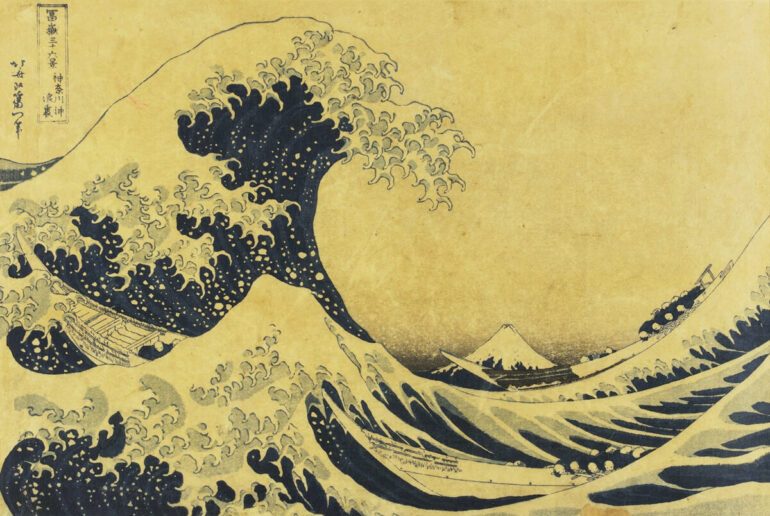More than one hundred and fifty masterpieces from the most prominent masters of the ancient Japanese art
The exhibition Ukiyoe. Il Mondo Fluttuante is now available at the Museum of Rome at Palazzo Braschi until June 23rd. With over one hundred and fifty masterpieces from thirty different artists, this collection is one you cannot miss.
Ukiyoe is a Japanese pictorial genre of art from the seventeenth to nineteenth century Edo era. The word directly translates to “images of the floating world” and depicts a rich chapter of Japanese history. Its influence, however, does not end in Japan as the Ukiyoe style, technique, and significance has made waves around the world.
The most prominent masters of Ukiyoe can be found in the exhibit. Kitagawa Utamaro, Katsushika Hokusai, Tōshusai Sharaku, Keisai Eisen and the great Utagawa are just a few world-renowned artists whose works now decorate the walls of the Palazzo Branschi. The Ukiyoe exhibit includes a variety of mediums such as handheld scrolls, large format screens, brush paintings on silk or paper, and prints in polychrome with a wooden matrix on paper.
In this exhibition you do not only get an up-close look at these astounding pieces of artwork, but you can also learn about the meticulous methods of their creation.


Equally as fascinating as the techniques employed in Ukiyoe art are the subjects of the art. Every piece tells a part of the story of the new emerging economic class of Edo, which is now Tokyo. Before this time only elites with political influence had money to spend on luxury and cultural refinement. However, with the start of the 1600s a city class began to rise to wealth in Edo. For the first time this a group without political power could invest in items like fashionable clothing and live a materialistic lifestyle. In this exhibit you can see how the artists shift from illustrations of earthly wonders and natural landscapes to a focus on fashion, cityscapes, and other worldly pleasures.
While Ukiyoe art has an emphasis on aesthetics, many of the artists used their work to sneakily convey messages to the public that the government’s censorship forbade. The Ukiyoe technique allowed for mass production and mass diffusion of art for the first time in Japanese history. Artists took advantage of this and used their works to bring moral teachings to the public and therefore diminish the Japanese government’s hegemonic power. Utagawa Toyoharu and Kitagawa Utamaro are examples of artists who depicted women engaged with activities like painting, calligraphy, poetry and more. Promoting such an idea was a scandalous act as these were considered disciplines limited to a certain educated population. Images of courtesans and actors also served as an avenue for imparting moral lessons on the public.

Ukiyoe art not only altered Japanese culture but went on to have a strong impact on European art of the nineteenth and twentieth century. Van Gogh and Monet are just two famous artists that drew inspiration for the Ukiyoe. Furthermore, much of the art from the Edo era was traded with the west, Italy being a primary recipient of Ukiyoe art. In fact, all pieces on display come from the collections of Italian artists and diplomats. This along with the stories of Vincenzo Ragusa and Edoardo Chiossone, two italian artists who were invited to study at Japan’s fine art instructions at the end of the nineteenth century, are telling of the ties Ukiyoe has to Italian culture. From these actions we can see how Japan expressed openness in its relations with people of Italy. Therefore, the exhibition’s temporary home in Rome is perfectly fitting. Do not miss your opportunity to explore this era of Japanese history.
till 23 June 2024
Where
Museum of Rome at Palazzo Braschi
Opening hours
Tuesday to Sunday 10am – 7pm
Tickets
Full €15.00
Reduced €13.00
Presale €1.00
Contact
museodiroma.it





